Medal is believed to be one of just eight ever sold
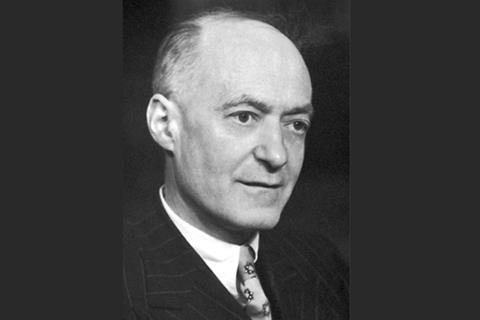
The 1956 chemistry Nobel prize medal won by Cyril Norman Hinshelwood for his research on the mechanisms of chemical reactions has been put up for auction.
The solid 23 carat gold medal will be auctioned on 17 November by Julien’s Auctions in Los Angeles, and is expected to fetch between $200,000 and $400,000 (£150,000–£300,000). Only eight Nobel prize medals are thought to have ever been sold.
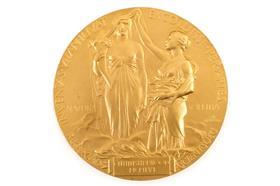
Hinshelwood was a physical chemist who worked in an explosives factory during the first world war, after which he became a lecturer and later a professor of chemistry at the University of Oxford. He is known for his early studies on molecular kinetics, as well as work on bacterial cell chemistry that would prove vital for later research on antibiotics. Hinshelwood shared the 1956 chemistry Nobel prize with Russian chemist Nikolay Nikolaevich Semenov. The prize recognised Hinshelwood’s theoretical work on chemical kinetics, particularly chain reactions. He showed that his theories on chain reactions corresponded with observations of the reaction between oxygen and hydrogen. As well as the 1956 chemistry Nobel, he was awarded a knighthood and numerous other prizes and honorary degrees during his lifetime.
He served terms as President of the Royal Society, as well as both the Chemical and Faraday Societies, predecessors to what is now the Royal Society of Chemistry.
Hinshelwood died in 1967, and his Nobel prize medal was sold as part of his estate. It was bought in the 1970s by a coin dealer in Los Angeles for $15,000.
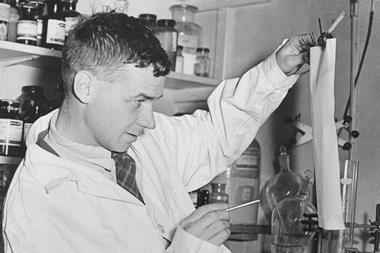
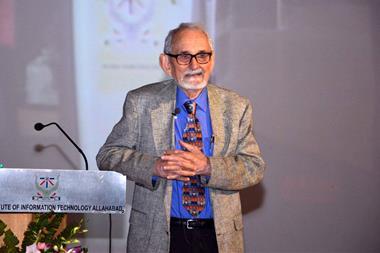

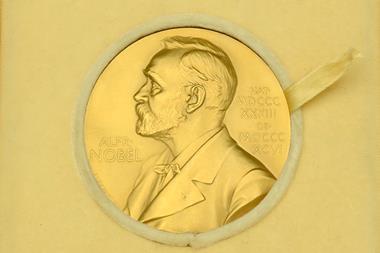
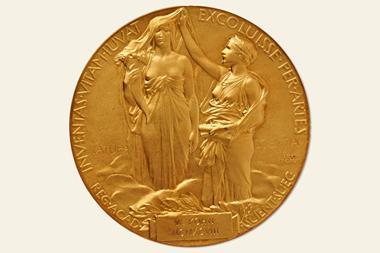







1 Reader's comment